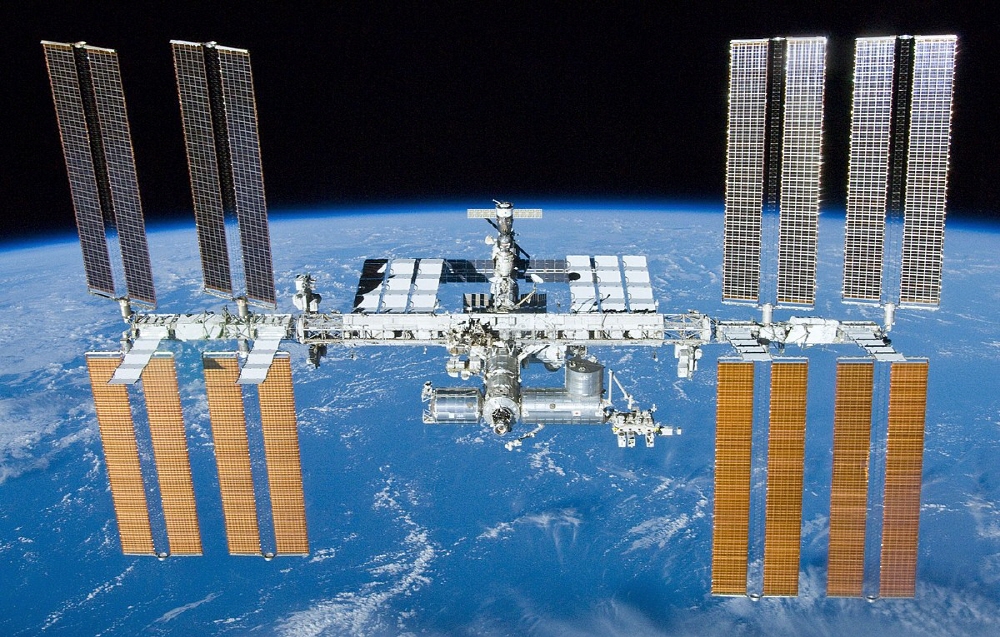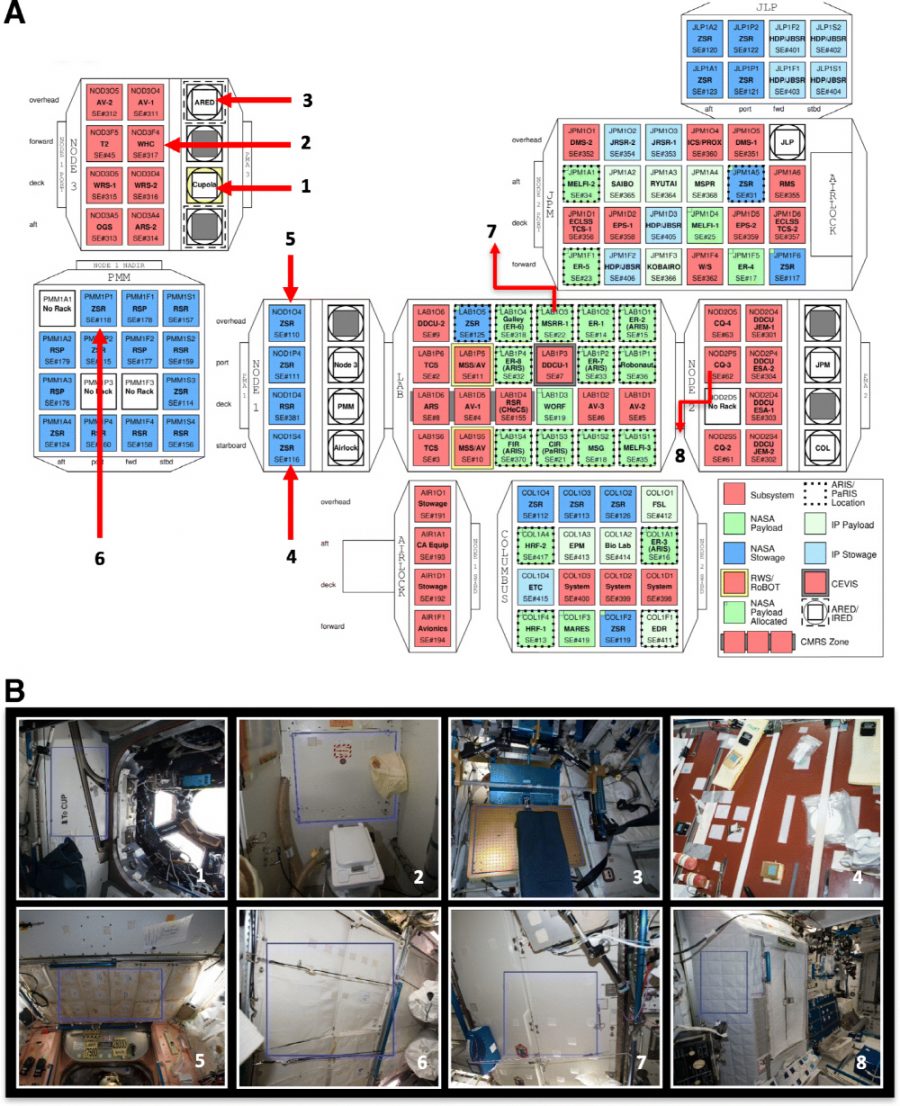
NASA scientists have published a document in the Microbiome, a microbiological journal, that investigates and organizes bacteria and fungi that invade and breed on the International Space Station ISS.
These microorganisms form a film called biofilm in order to reproduce on their own, causing corrosion on metals, etc., or blocking the location where air passes, and can cause harm. Breaking into the International Space Station is not like a lump from somewhere in space. The report investigates the extent to which bacteria originating from humans and the global environment are propagating on the surface of substrates inside the International Space Station.
In this study, samples were taken three times over a period of 14 months from eight locations, including around the windows of the International Space Station, exercise equipment, dining tables, bedrooms, and toilets that had just squirted a 10-liter liquid. In conclusion, most of the microorganisms originate from humans, and on Earth, they are similar to those attached to equipment in places where a lot of people gather, such as offices, hospitals, and gyms. A specific example is that there are many opportunistic pathogens that do not cause any problems, such as Staphylococcus aureus or intestinal bacteria, which are usually attached to human skin.

These bacteria are known to cause infections when humans are healthy, even if they come into contact with them. Dr. Kasthuri Venkateswaran, senior researcher at JPL at the Jet Propulsion Research Institute, who co-hosted the research, said it is not yet known whether such an opportunity pathogen could cause disease in the crew of the International Space Station. Certain microbes have been shown to harm human health, but the important thing is that there is no such medical environment on the ground if aviators cause immunity changes in outer space.
The International Space Station utilizes a sealed system that recirculates air through a HEPA filter while removing carbon dioxide, which is increased by floating in space and surrounded by microgravity and radiation. This can be an extreme environment. In such a space, bacteria tend to propagate. And doing this research could help keep life safe on Mars, longer space travel, or space colonies in the future.
For reference, tartar attached to the teeth in the human mouth is also an excellent (?) bacterial habitat. It is said that there are 100 billion bacteria per gram. But nowhere is the International Space Station crew vomiting water from rinsing their mouths when brushing. After brushing, drink the rinsed water as it is or wet it with a towel to discard. The waste is loaded onto a supply ship arriving at the International Space Station and incinerated in the atmosphere as it is. Related information can be found here .


















Add comment